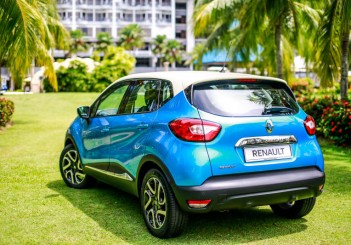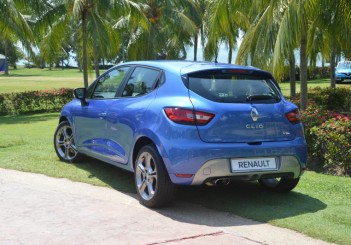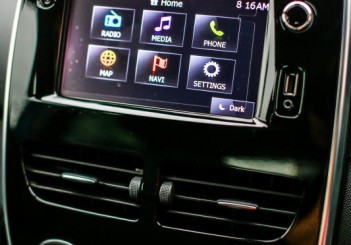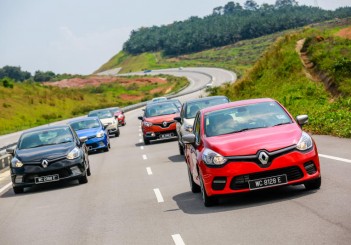The Renault Captur and Clio GT Line share many similar traits and features, as well as a good mixed bag of fun and practicality.

Both the Captur and Clio GT Line were recently introduced here by TC Euro Cars (TCEC), the franchise holder for Renault cars in Malaysia.
While the Captur’s price has yet to be confirmed, it should not be far from the RM118,000 tag of the Clio GT Line.
Both models come with a five-year unlimited mileage manufacturer’s warranty.
To recap, the Captur is a B-segment mini crossover or SUV (sport utility vehicle) that has been a resounding success for Renault.
Also, the Captur is Europe’s top-selling mini SUV.

The Clio GT Line’s styling has Renault Sport design cues such as its GT design front and rear bumpers, rear lip spoiler, wide-set LED daytime running lights, GT LINE badging on the tailgate and a chrome finish exhaust tailpiece.
The sports theme continues with stylish 17-inch alloy wheels, body-coloured side protective mouldings with dark metal insert and dark metal door mirror housings.
In the Clio GT Line’s cabin, there is sporty dark carbon upholstery, a grey-trimmed dashboard sculpted in the shape of an aircraft wing, and Renault Sport door sill guards.
Both the Captur and Clio GT Line have the same small but powerful 1.2-litre turbocharged petrol engine mated to a lightning quick-shifting six-speed dual-clutch automatic gearbox.

In other words, you get a compact car which has a lot of liveliness when you step hard on the accelerator pedal.
We are familiar with this zing from this Renault powertrain, as we had reviewed the Captur in October.
But it’s always wonderful to experience it again, especially on the open highways from Kuala Lumpur to Port Dickson.
It was a nearly 300km round trip from TCEC’s showroom in Section 13, Petaling Jaya to Thistle Hotel, Port Dickson which took us past oil palm and fruit plantations around Semenyih. We enjoyed light traffic conditions on the South Klang Valley Expressway (SKVE) and Kajang-Seremban Highway (LEKAS).

The results of the fuel economy run were not far from the Captur’s best-in-class fuel efficiency of up to 5.4 litres per 100km, with driving speeds at around 70kph and air-conditioning switched on at a fixed temperature.
Both the Captur and Clio GT Line have an ECO mode, activated by pressing the ECO button on the centre console.
The ECO mode improves fuel economy by up to 10%, as it reduces engine torque and changes the gear mapping, as well as changing the climate control programme to save energy.
In other words, the car feels less lively and the air-conditioning is not operating at an optimum level for a really hot day.

Both models also have similar safety features.
However, the Captur also gets a reverse camera, unlike the Clio GT Line.
The Clio GT Line, however, has the world-first Renault Bass Reflex system which is not found on the Captur.
This Bass Reflex system is billed as providing the listening enjoyment of a 30-litre home speaker enclosure.

Both models have a electric, variable-rate power steering which has a nice, direct feel.
While the Clio GT Line has a more dynamic and sportier character for keen drivers, the Captur is no slouch either when we floored the accelerator pedal on the highway.
We certainly found plenty to like about both cars, including the premium feel of the interior, driving smoothness at low to medium speeds, rapid acceleration thanks to the turbocharged powertrain, and a good




















